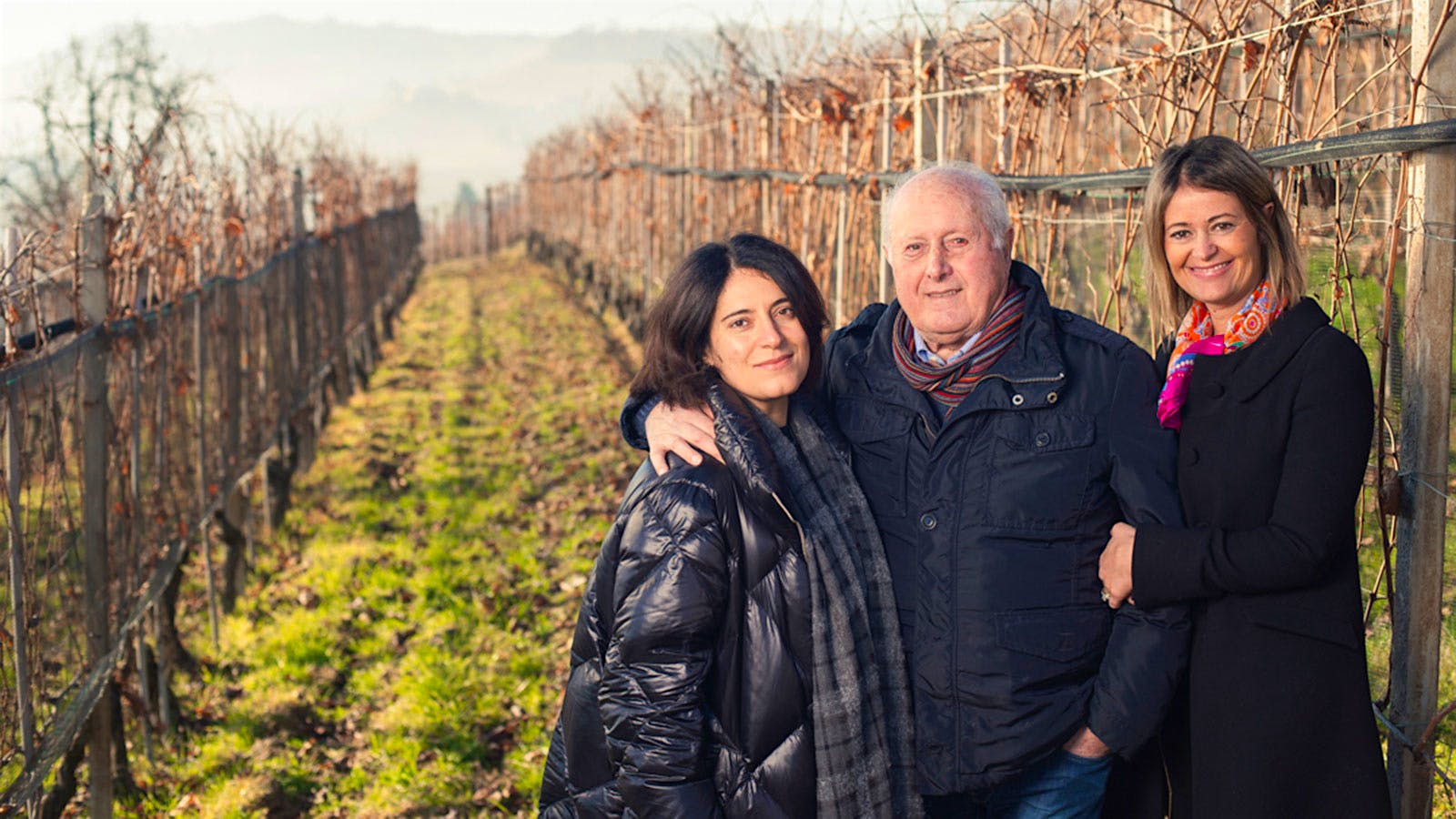Piedmont has lost an acclaimed winegrower. Enrico Scavino, 82, the proprietor of the Paolo Scavino winery, died Feb. 25, after apparent complications from surgery.
Scavino was one of the “Barolo Boys,” a group of vintners whose vision of Barolo produced with modern techniques shook up the region in the 1990s. Their contemporary interpretations of Piedmont’s iconic red grabbed global attention. However, unlike some wines produced in those days, Scavino’s Barolos never relied on the heavy use of new French oak during aging. He also always kept a firm eye on the vineyard. He sought balance and elegance, and those are hallmarks of his wines to this day.
“So many things could be said about Enrico Scavino. [He was] a tireless worker and at the same time a true gentleman,” said Luca Currado and Elena Penna-Currado, former owners of Vietti, in an email to Wine Spectator. “We have fantastic memories of him, but the first thing that comes to mind was his always positive and smiling face.”
A Winery with History and Innovation
The family’s estate in Castiglione Falletto was founded in 1921 by Lorenzo Scavino. It was split between two branches of the family in 1943, with Enrico’s father establishing Paolo Scavino. Enrico, the grandson of the founder, was only 10 years old when he began working full time at the winery. Passionate about his vineyards and always seeking to improve his wines, he would work more than 70 harvests. With his father, he vinified and bottled their first single-cru wine, the Bric dël Fiasc, in 1978. He also led an expansion of their vineyard holdings.
Scavino began using rotofermentors in 1993. This increased the rate and efficiency of the maceration of his Nebbiolo grapes, allowing for the extraction of color and tannins in a shorter period of time (6 to 12 days instead of the usual 20 to 30). The idea was to extract the correct types of tannins—those from the skins but not the seeds.
Yields were kept low, with an eye on the balance of the grapes to keep freshness. The grapes from vines less than 15 years old were sold. After the fermentation, his Barolos spent a year in French oak barriques, 35 to 40 percent new, the rest a year old. The wines were racked after a year into large wooden casks. Scavino felt that two years in barriques would dry out the wines. “This is our philosophy,” he said during a visit to the cellar a few years ago. “We want to have the best from our vineyards and show the character of each cru and not too much oak.”
Paolo Scavino is now run by the fourth generation: Enrico’s daughters, Enrica and Elisa.
“His passion for vineyards was boundless and led him to put together for his family a heritage of historical Barolo vineyards unique in the Langa,” said Luca Currado. “He always challenged himself not only in the winery but also in the vineyard. Today, he leaves to his two daughters, Elisa and Enrica, a true brand and a fantastic company that never sought compromise but only the highest quality possible.”
Stay on top of important wine stories with Wine Spectators free Breaking News Alerts.
